The Five National Parks Of Lithuania
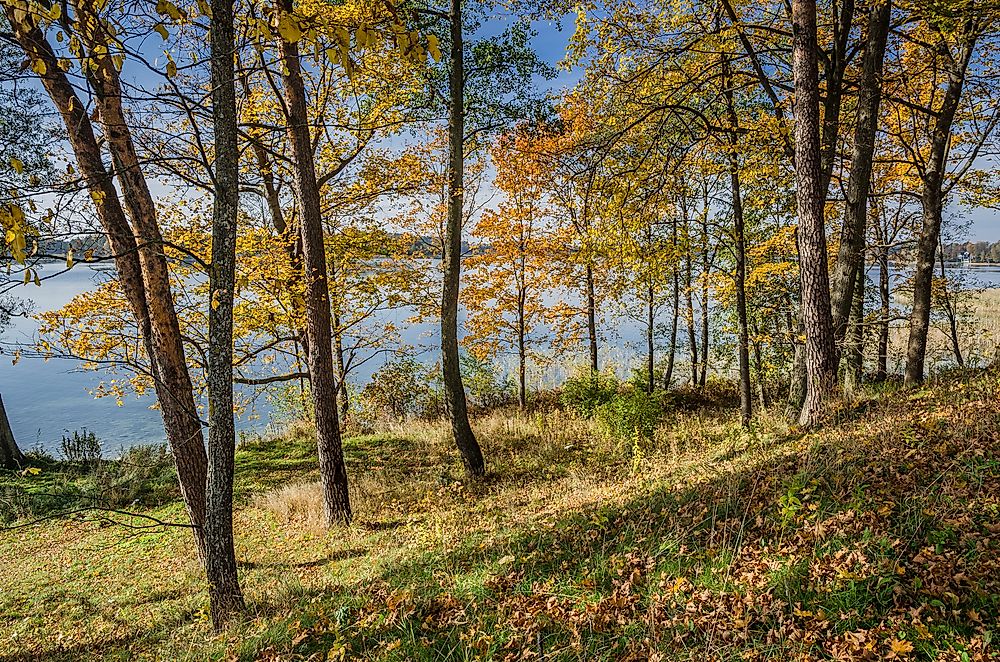
Immediately after gaining independence from the USSR, the Lithuanian government set aside several areas to serve as national parks for the conservation of nature. These national parks account for 2.3% of the total land area of Lithuania and play a huge role in the conservation of the country’s flora and fauna.
5. Trakai National Historic Park
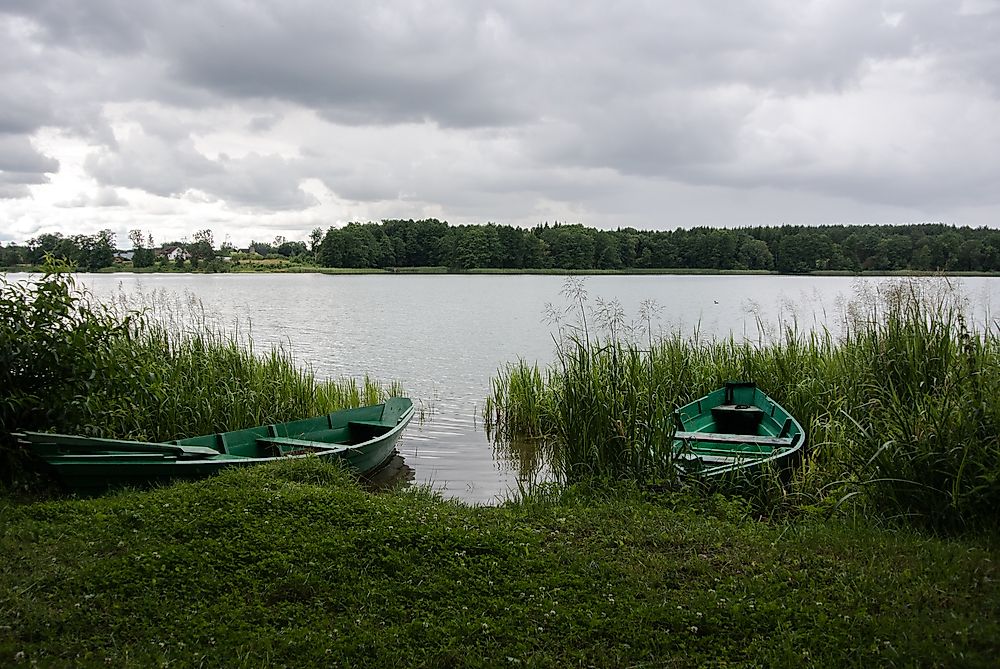
The Trakai National Park was established in 1991 in commemoration of the historic city of Trakai in some 15.5 miles outside Vilnius. Surrounded by forests, lakes, and villages, the park covers an area of 31.7 square miles. Some of the notable monuments in the park include the remnants of the peninsula castle of Senieji Trakai which is assumed to have been the capital of Lithuania and the Trakai insular castle. The castles were some of the largest in Lithuania at their time of construction. Within the park are some of the lakes one of the largest lakes is Lake Galva, and the lakes occupy almost one-fifth of the park. Water sports and other recreational activities are common in the park.
4. Žemaitija National Park
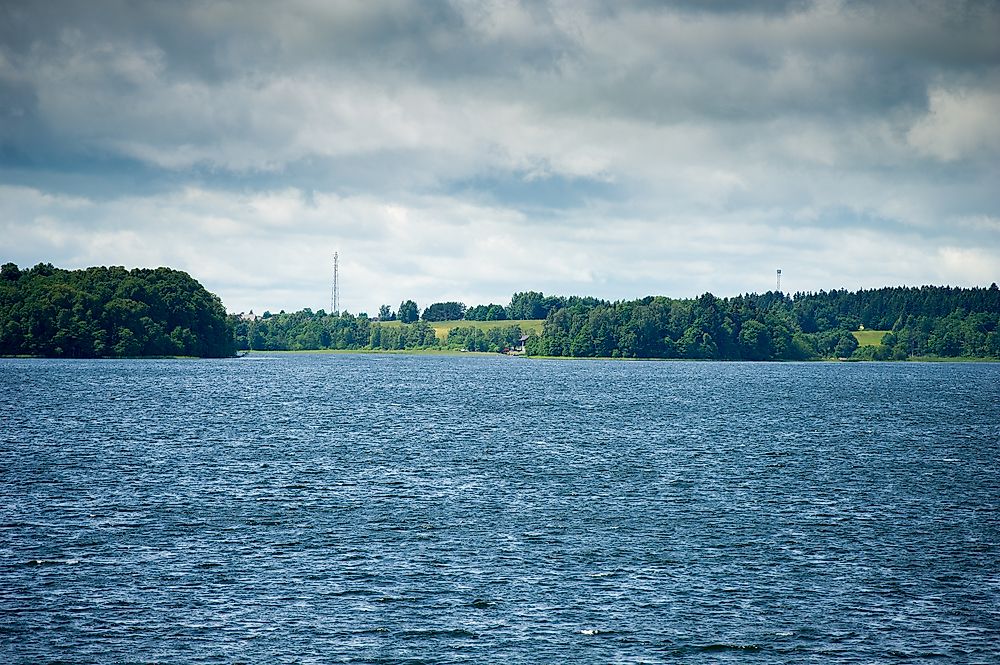
is a park that was established in 1991 with the purpose of preserving the nation’s historic sites. The park is located in the heavily-forested North-Western part of the country and attracts thousands of tourists each year. The park occupies an area of 22,000 hectares, and the key attractions in the park include over 100 bird species which make the park a bird watcher’s paradise. The park also attracts hikers who are spoilt for choice due to the mountainous geography of the park. The Zemaitija National Park contains several archeological sites including 11 mounds which are the remains of ancient settlements.
3. Kuršių Nerija National Park
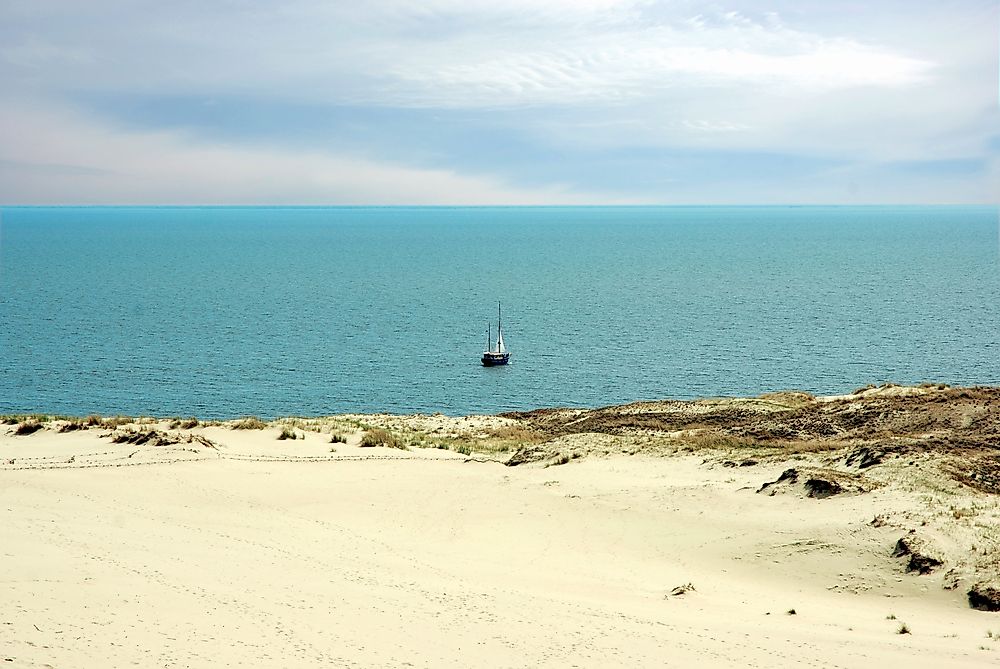
Kursiu Nerija National Park is located next to the Baltic Sea on a narrow peninsula and covers an area of over 18,000 hectares. The park is popular for its sand dunes which are located on the shore of the sea and stretch for dozens of miles. They can reach great sizes, with some exceeding 328.1 feet in height. Due to many years of deforestation, the sand has encroached the area that contained several ancient settlements, resulting in their consumption. However, rigorous reforestation activities initiated in the 19th century have prevented any further encroachment by the sand.
2. Aukštaitija National Park
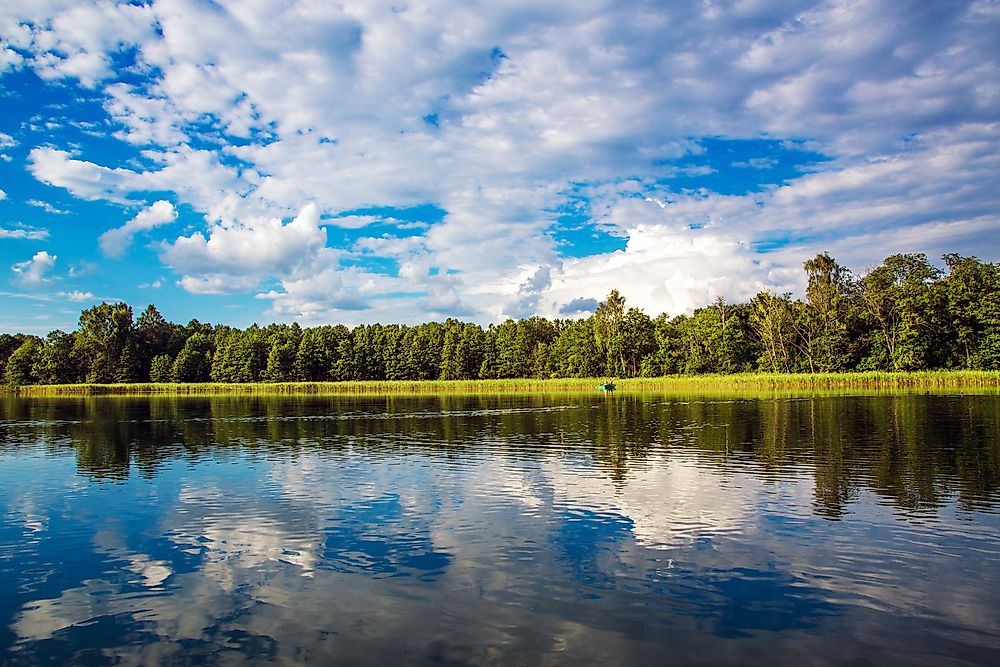
The Aukstaitija National Park has the distinction of being the first national park established in Lithuania. The 40,570 hectare park was created in 1974 by the Soviet government as a sanctuary for forests in the region. These forests are the home to some of the oldest pine and oak trees in the world with the many being over 200 years in age. The park also has over 100 lakes within its borders which vary in size including the 721-hectare Lake Dringis. There are also many rivers within the parks. It is also home to many ancient settlements which are perfectly preserved and resemble “ghost towns.”
1. Dzūkija National Park
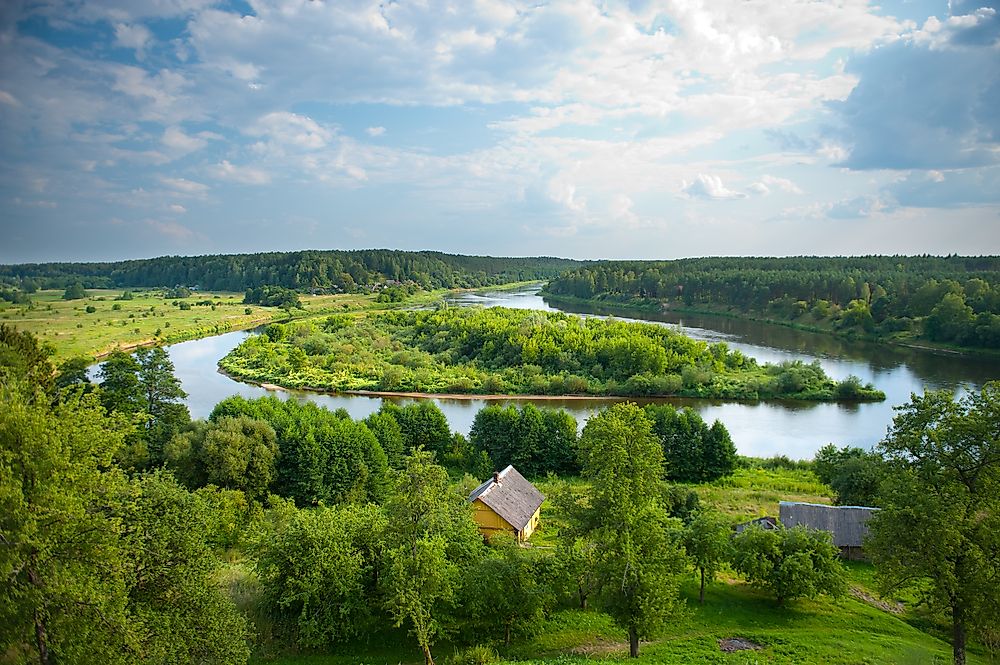
Dzukija National Park is located in Varenna, a relatively mountainous region within the country. The park was established in 1991. At 212 square miles area, it is the largest national park in Lithuania. The main attractions in the Djukija National Park include the vast pine forest which is home to many species of deer, wild pigs, foxes, elk, and numerous types of birds. The park is also home to some of the historic villages including the historic Town of Merkine which goes back to the 14th century as well as the town of Liskiava which hosts an ancient 14th-century castle.
The Five National Parks Of Lithuania: Protecting The Country's Flora And Fauna
| Rank | Name | Established | Area (km²) |
|---|---|---|---|
| 1 | Dzūkija National Park | 1991 | 559 |
| 2 | Aukštaitija National Park | 1974 | 406 |
| 3 | Kuršių Nerija National Park | 1991 | 264 |
| 4 | Žemaitija National Park | 1991 | 217 |
| 5 | Trakai National Historic Park | 1991 | 82 |











